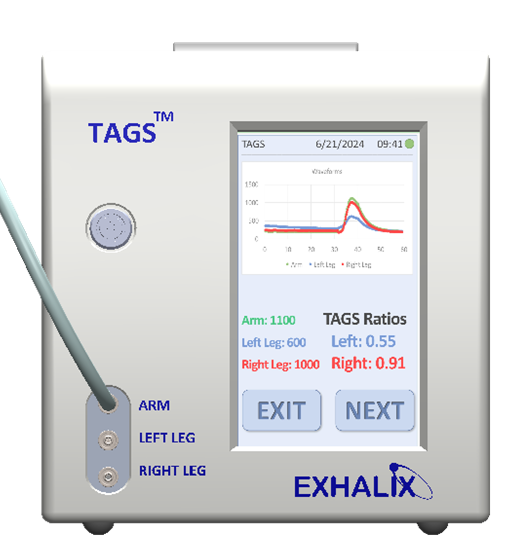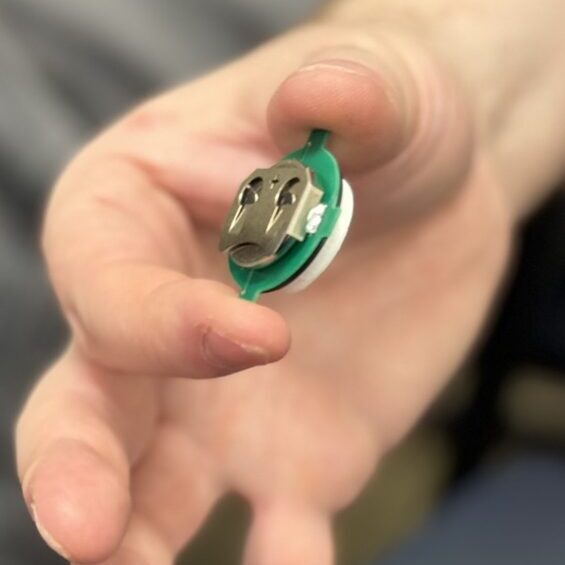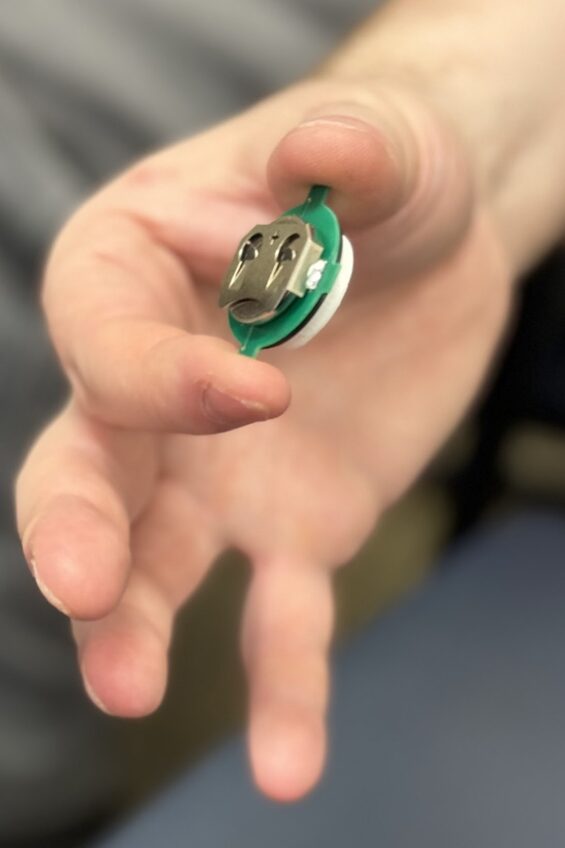Hydrogen Sulfide is a Biomarker of Vascular Health
The important role of H2S and its deficiency in endothelial dysfunction has only been revealed during the past decade. Generated endogenously, normal levels of H2S regulate organ development and maintain homeostasis, while abnormal levels are associated with many cardiovascular and neurodegenerative diseases. Exhalix is exploiting the endogenous H2S bioavailability at the skin surface as a diagnostic tool and locally delivering low, sustained dose of exogenous H2S to the wounded tissue as a therapeutic agent to accelerate angiogenesis, revascularization, and wound healing.

From Detection to Therapeutics
Partnership
Exhalix invites collaborators for clinical trials, product development, and commercialization





